Our History
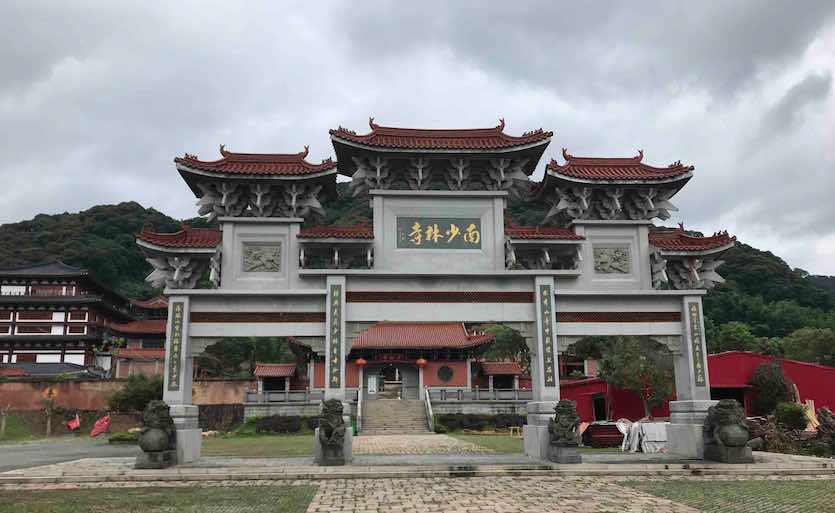
The historians of nearly every Asian martial art acknowledge Shaolin as the ancestral art. The Shaolin temple system was actually a martial arts research institution, with thousands of monks working 12 hours a day to perfect the art of self-defense. Shaolin-Do History is very rich.
Since its creation, Shaolin has collected, refined and retained over 980 katas (forms), representing more than 50 different open hand systems and many different weapons. Contrary to the popular belief in Shaolin-Do History that Shaolin monks only practiced the “hard styles”, every major form of internal kung fu was practiced in the Shaolin temples. This includes every major family of Tai Chi and Pa Kua, as well as Hsing Ie and the very rare Liu Hsing (shooting star). Shaolin monks also possessed an awesome body of knowledge on esoteric Taoist and Buddhist Chi Kung (breath training) and Nei Kung (internal training) techniques.
Fighting
In the final analysis one must look at the fighting effectiveness of a martial art. Shaolin-Do History shows repeatedly that Shaolin-Do stays true to its temple roots as an art of survival, not of sport. If one is to determine the lethality of an art, one should look at the techniques being practiced. All Shaolin-Do forms have neck, knee, and elbow breaks. They utilize strikes to vital areas (pressure points) and teach multiple attacker strategies. In order to survive a multiple attacker situation, every blow must be capable of completely disabling a person. That ability only comes from iron bone (palm, shin, forearm, etc.) training, great strength (internal and external), and a complete knowledge of the human anatomical weak points. Compare this to many of the competition and sport oriented martial arts so popular today.
Curriculum
Shaolin-Do History shows that in the Shaolin temple there were only four recognized levels; student, disciple, master, and grandmaster. Our Great Grandmaster, Ie Chang Ming, introduced the use of colored belts to divide the material between student and disciple into five levels (White, yellow, blue, green, and brown) One form from a new animal and weapon system is taught at each level above white. Keep in mind that for a student to pass into the next rank, he/she must perform all the material for their present and all previous levels.
Black belt degrees one through four are considered beginners, while fifth degree is called associate master. Once a person reaches sixth degree they are considered full masters. The rank of ninth degree is considered a Grandmaster, but the position of tenth degree is held by only one person; the highest of the Grandmasters. While there can be many 9th degrees (there were often ten in a temple), there can be only one 10th degree. This person is given the awesome responsibility of assuring the continuation of Shaolin, in its purest form.
The son of Chinese parents, Sin Thé was born in Bandung, Indonesia. He began his martial arts training under a sand burn master at the age of 6. When he was 7 years old he began studying under one of Grandmaster Ie’s top students. After proving himself worthy, he then studied under Grandmaster Ie Chang Ming as a private student until Ie Chang Ming retired and passed the title of Grandmaster to Sin Kwang Thé (at the age of 25).
Having learned the entire body of Shaolin weapon, empty hand, animal, and internal styles, Sin Kwang Thé became the youngest Grandmaster in Shaolin history. Any martial arts school is limited by the accumulated body of information available to the student. In Shaolin Do, this body of knowledge is almost limitless, as Grandmaster Thé constantly reveals new forms from the 900-plus Shaolin forms he received. In truth, the students of Shaolin Do are limited only by their level of dedication and perseverance.
STORY OF THE GRANDMASTERS
The Shaolin schools under the Shaolin Grandmaster Sin Kwang Thé trace their lineage back to the Fukien temple through a succession of three remarkable Shaolin Grandmasters.
The first of the three Grandmasters was born in Fukien in 1849. He came to the world covered with hair from head to toe. His horrified parents, convinced that they had given birth to a demon, abandoned the infant in a forest near the Fukien Temple. A passing monk rescued the newborn and presented him to the Shaolin Masters. The Masters realized that it would be nearly impossible to find a family willing to adopt such a child, so they decided to raise him themselves. They named him Su Kong T’ai Djin.
From childhood on, Su Kong T’ai Djin studied the Shaolin art with exceptional dedication. The Fukien Masters responded to his enthusiasm with a rare variance from Shaolin tradition. Instead of assigning Su Kong’s training to a single Master, as was the practice, each of the Fukien Masters contributed to Su Kong’s martial education. Su Kong was therefore able to complete every branch of Shaolin training, learning and mastering hundreds  of forms and disciplines. It was an unparallel achievement. [Usually the 10 Grandmasters of the temple each learnt 1/10th of the Shaolin art].
of forms and disciplines. It was an unparallel achievement. [Usually the 10 Grandmasters of the temple each learnt 1/10th of the Shaolin art].
Su Kong’s knowledge and strong character led to his appointment as the Grandmaster of Fukien. More than once, his exceptional martial skills were needed to fulfill the responsibilities of his position. For example, he once arranged a meeting with 12 Shaolin Masters, representatives of the Shaolin Temples of China. When Grandmaster Su entered the room for the meeting, all the Masters bowed. Instead of returning the bow, Grandmaster Su picked up a knife and threw it up the rafters. An assassin tumbled down from his hiding place, the knife embedded in his heart. Grandmaster Su had heard 13 men breathing where there were only supposed to be 12!
The Fukien Shaolin monks took it upon themselves to protect the Fukienese coast from the raids of Japanese pirates. They were tremendously effective, earning the love and respect of the common people. When word reached the Ch’ing Kwang Hsu Emperor in Peking, at the beginning of the 20th century, trouble brewed. Kwang Hsu saw the Fukien monks as potential rebels with widespread popular support. He secretly dispatched imperial troops, armed with cannons on a mission to destroy the Fukien Temple. He even sent a renegade Shaolin Master, Chi Tao Su, the White Eyebrow Monk, to strengthen the attacking force.
A sympathetic official warned the monks of the impending attack. The Fukien Masters chose a surprising, ingenious solution. They evacuated the Temple, removed all of its valuable artwork and books, and set fire to the temple themselves. They hoped to rebuild the Temple in more favorable times. More favorable times never came.
Grandmaster Su and his disciples retreated into the Fukienese mountains to continue their training. One of the disciples was Ie Chang Ming, the man who would become the second of the three Grandmasters of our lineage. Su Kong died in 1928 at the age of 79.
Ie Chang Ming was born in 1880. He was admitted to the Fukien Temple as a small boy. Like Su Kong, Ie Chang Ming poured all of his time and energy into the martial arts training, especially the Golden Snake style. Tied hand and foot, he could evade spear thrusts by twisting and turning like a snake. He could also wrap his body around a pole climb it, like a snake on a vine.
Grandmaster Ie’s extensive knowledge, sensitivity, and martial skill was complemented by great personal strength and concentration . For example he trained wearing a weight vest (equal to his body weight!), and used an iron staff and Kwan Tao. He also did the Iron Bar posture (stretched out between two wooden benches, with his head on one bench and heels on the other) for 2 hours every night.
. For example he trained wearing a weight vest (equal to his body weight!), and used an iron staff and Kwan Tao. He also did the Iron Bar posture (stretched out between two wooden benches, with his head on one bench and heels on the other) for 2 hours every night.
One evening, while traveling through the countryside, Grandmaster Ie took a shortcut through what appeared to be an abandoned military encampment. Although the camp was almost deserted, it was not abandoned. A sentry stopped Ie. Soon other sentries appeared, bringing the number of soldiers to 11. They taunted Ie, and became increasingly aggressive. When they ordered him to lick their boots, Ie knew he had to take action. All 11 soldiers were killed in the resulting fight.
A price was put on Ie Chang Ming’s head. He escaped to Indonesia, settling in Bandung, where he eventually established a Shaolin school. It was not easy to become his student; there was a long waiting list and each prospective student had to prove his/her worthiness.
In 1943 a boy named Sin Kwang Thé was born in Bandung who would one day become the third Grandmaster of our lineage. His family had several Shaolin ancestors and young Sin was drawn to the martial arts. His father, however, had been injured during martial arts training when he was a young man and opposed his sons wishes. Nonetheless, Sin Kwang’s mother secretly let him out a 4 am each morning, so that he could study the martial arts. He began with sand burn training. Sand burn training is a crude form of toughening the hands by thrusting them into buckets of hot sand.
After 6 months, the sand burn man stopped teaching. Sin Kwang heard about Grandmaster Ie’s school and went to watch. Grandmaster Ie had 80 students practicing empty hand forms, weapons forms and sparring. The 7 year old Sin Kwang asked to join the school, but he was put off with polite excuses. One evening, Grandmaster Ie spilled a bowl of uncooked rice on the training hall floor. He asked Sin Kwang to pick up the rice, grain by grain, and to blow the dust of each grain. He was to find all of the 855 grains that had been in the bowl. It was late at night, and the Shaolin students had all gone home, by the time Sin Kwang was through dusting and counting the rice.
The rice counting was only the first of many tests of determination and character Sin Kwang passed. For the final test, Ie spilled hot tea on the boy and took hold of him, looking deep into his eyes. He saw no anger, only surprise. Sin Kwan Thé was finally accepted as a Shaolin student.
In the beginning, Grandmaster Ie had Sin Kwang do hundred of squats to build up his legs. They were done standing on the edge of a chair, with only the balls of his feet touching the seat. He also had Sin Kwang stand in horse stances for what seemed like an eternity. Next came mastering all 49 postures of the I Ching Ching. Only after these preliminaries were completed, did training in martial techniques begin.
Five years later at the age of 13, Sin Kwang Thé tested to Black Belt. For his test, he had to spar 7 other students while blindfolded. He also had to do forms blindfolded. At different times during the forms, boards were held in his path. Since he didn’t know when there would be a board, every strike in every form had to be true.
In 1964, Master Sin was preparing to go to Germany to study engineering and physics. He had added German to the multitude of languages that he could speak. Yet the Berlin crisis altered his plans. By chance however, he met a couple from Lexington, Kentucky who were able to arrange a scholarship in the US for him. Master Sin Kwang Thé came to the United States.
Master Sin studied academic subjects with the same dedication that he gave to the Shaolin art. As often as he could, he returned to Indonesia, for the time had finally come for him to learn the Golden Snake Style.
First of all, Master Sin had to learn to move like a snake. Grandmaster Ie tied Master Sin’s wrists to his feet in an arched position similar to the I Chin Ching #35 posture. In this position, he learned to crawl by moving the muscles of his chest alone. Grandmaster Ie also threw Master Sin into the ocean with his hands and feet tied. Master Sin learned to swim by wriggling his body. Only now was he ready to learn the Golden Snake forms.
In 1968 Master Sin’s training was complete. Grandmaster Ie awarded him the 10th Degree and the Grandmaster’s Red Belt. Sin Kwang Thé had become the youngest Grandmaster in the history of the Shaolin art.
Grandmaster Thé continued his education and was on the verge of completing his Master’s Degree when Ie Chang Ming died at the age of 96. Grandmaster The  realized that while there were many engineers and scientists, he was the only Shaolin Grandmaster. He dropped his studies in order to devote all his time to teaching the Shaolin art.
realized that while there were many engineers and scientists, he was the only Shaolin Grandmaster. He dropped his studies in order to devote all his time to teaching the Shaolin art.
Shaolin Grandmaster Sin Kwang Thé could have returned to Indonesia to resume teaching the art. Instead he chose to stay in the US. This was a bold break in tradition, for in
the past only full blooded Chinese had been permitted to learn the Art. Yet when American men and women from all walks of life were able to learn what was once taught to a handful of Chinese monks, it was clear that martial arts excellence dependence on time and effort and not race. There are now several American Masters
Grandmaster Sin’s senior most student is 9th degree black belt Elder Master William Leonard. Not only is he the senior student and most deadly fighter in our system, but he has also been Master Joe’s personal instructor since 1994.
GRANDMASTER SIN’s FAMILY HISTORY
You might not know that Grandmaster Sin comes from a very famous lineage in China. He is the only direct male descendant of one of the heroes of the Chinese revolution of 1911.
Two years ago the government had an official celebration to welcome Grandmaster Sin as the great grandson of the famous Cheng kai Chan on the 150 year birthday memorial in Fuching city of Fujian province.
In 1911, Dr. Sun Yat Sen was elected the first president of the newly formed Republic of China. He was instrumental in overthrowing the Ching (Manchu) dyansty’s control of China. Dr. Sen was educated in Europe and Japan and brought modern ideas of governance to China. He is considered one of the greatest heroes in China to this day. While in college his roomate was non other than Grandmaster Sin’s Great Grandfather Cheng Kai Chan (in Mandarin, the family name of Thé is Cheng) .Cheng Kai Chan became one of his closest advisors through the revolution. In fact, he kept a letter from Dr. Sen stating that should anything happen to him, that Cheng Kai Chan should take charge of the revolution.
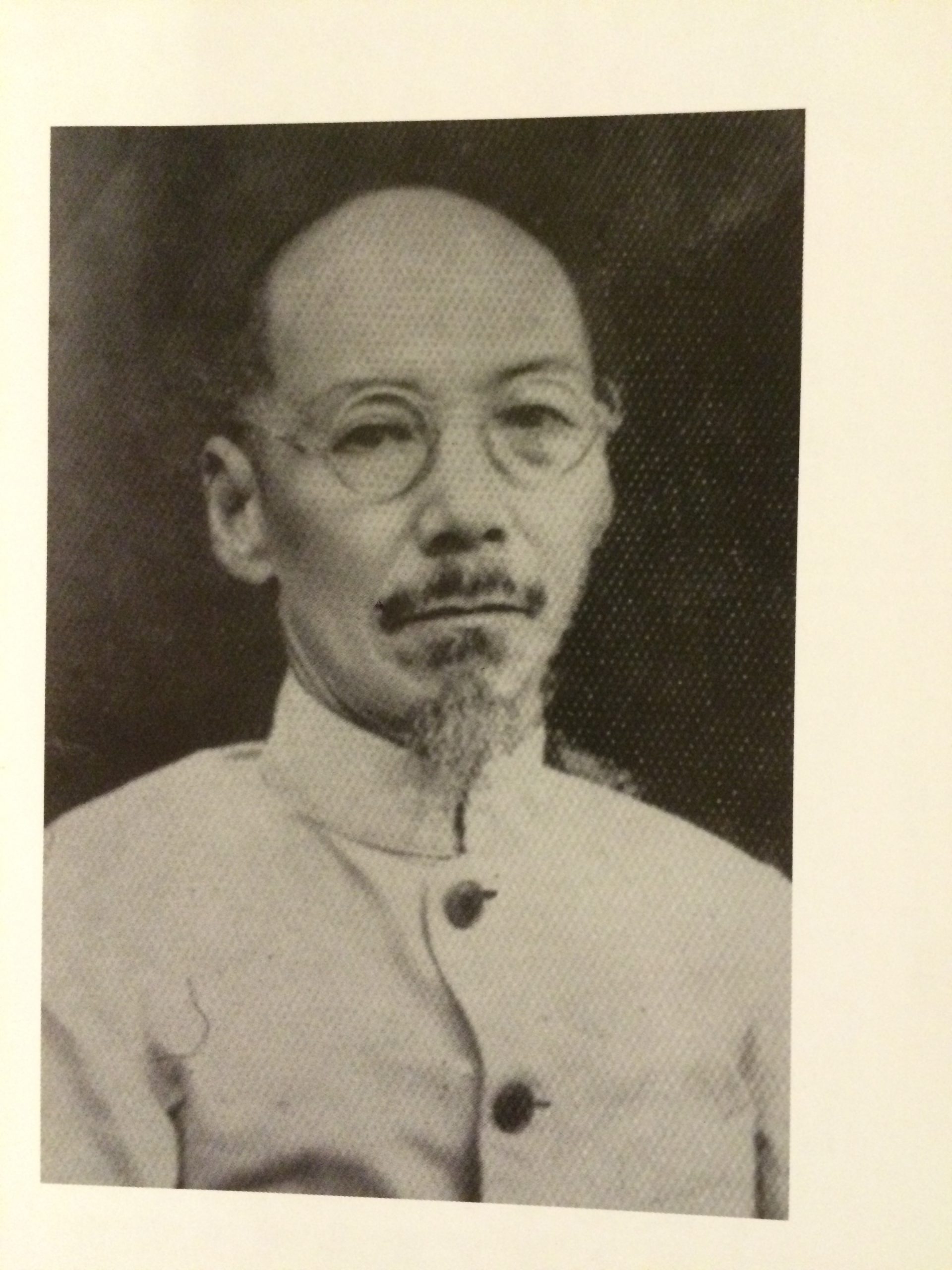
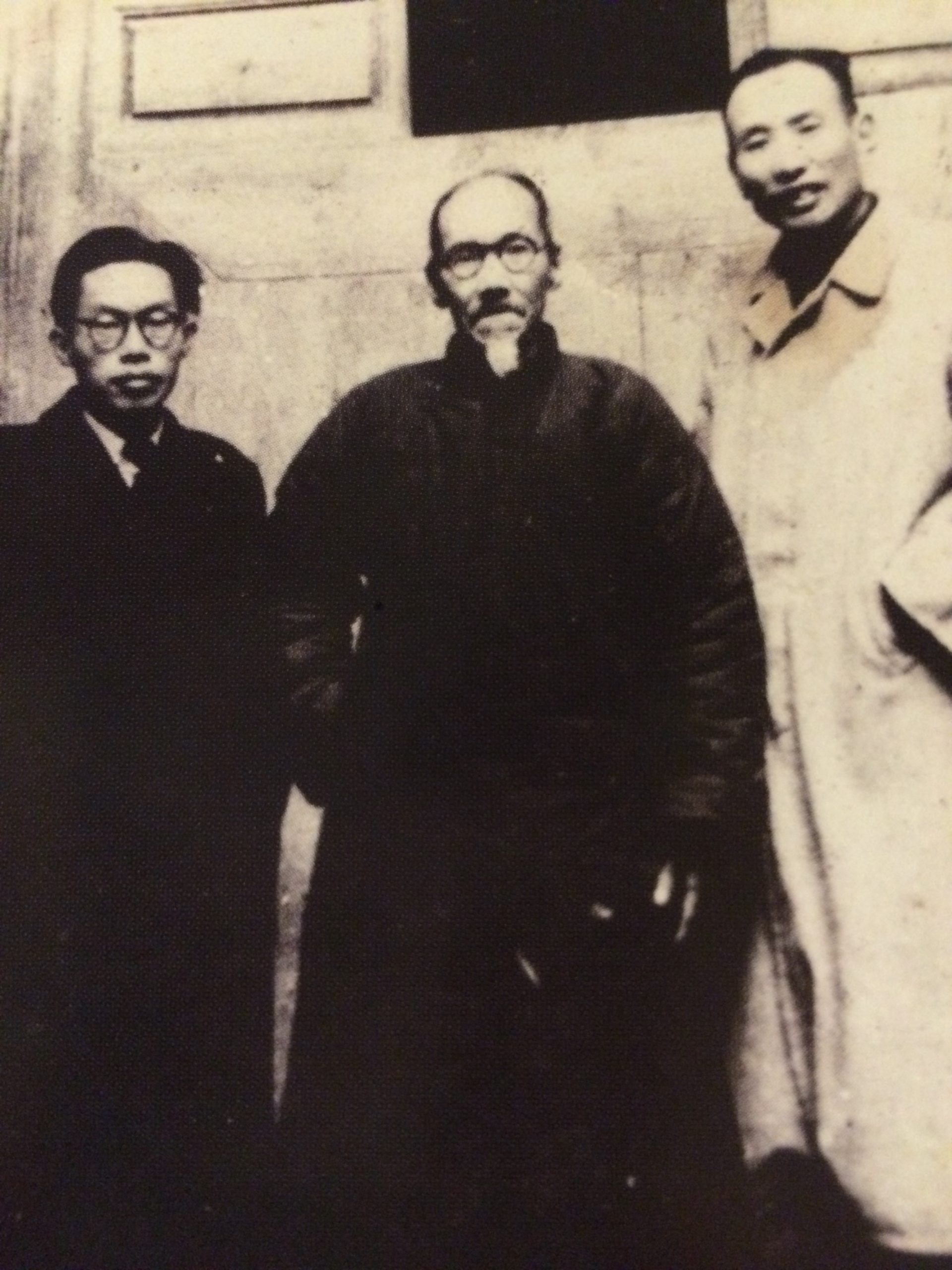
Seated is Cheng Kai Chan (Grandmaster Sin’s great Grandfather)
Standing on the left side of picture is his grandfather, Cheng Yi He.
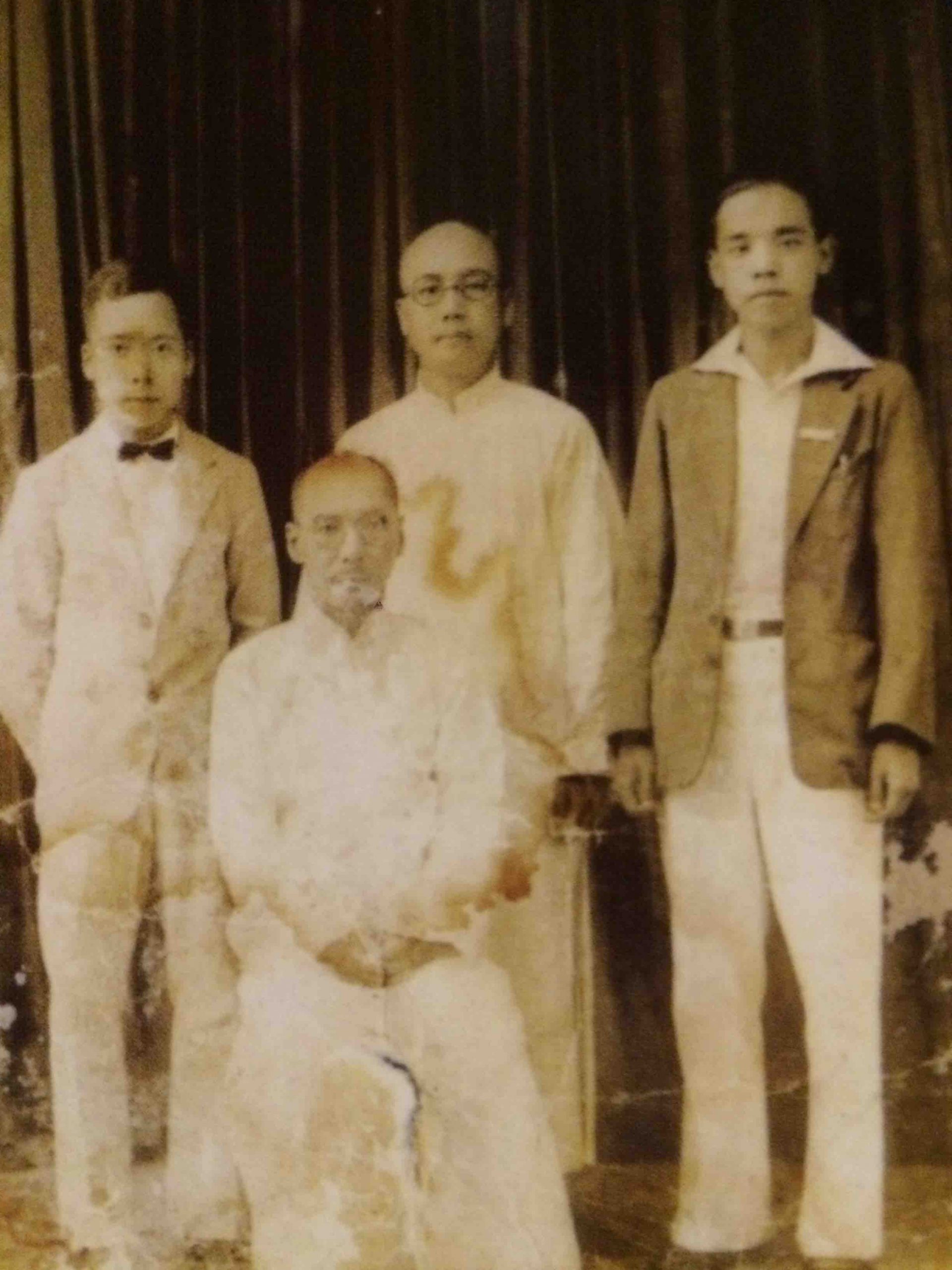
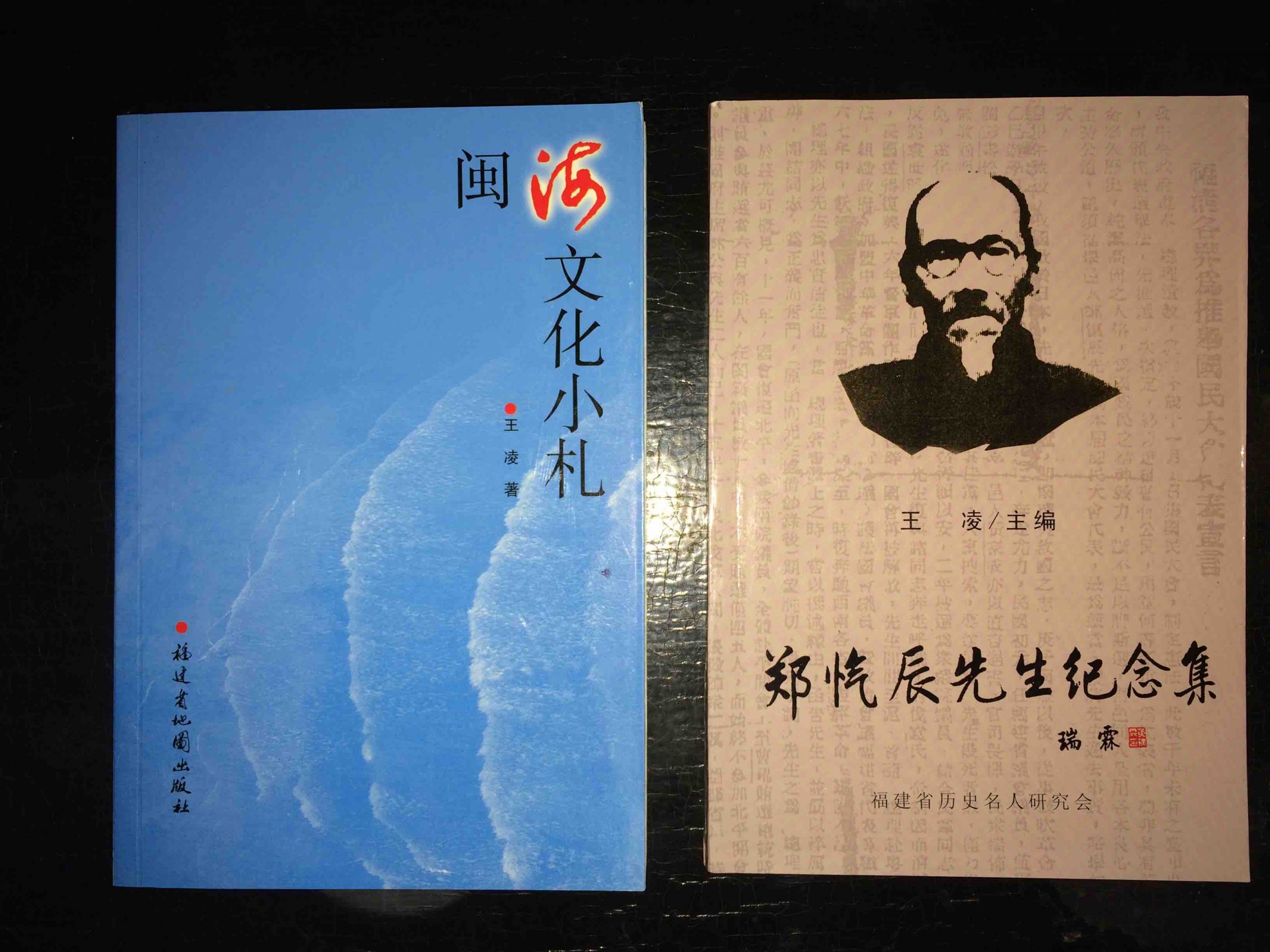
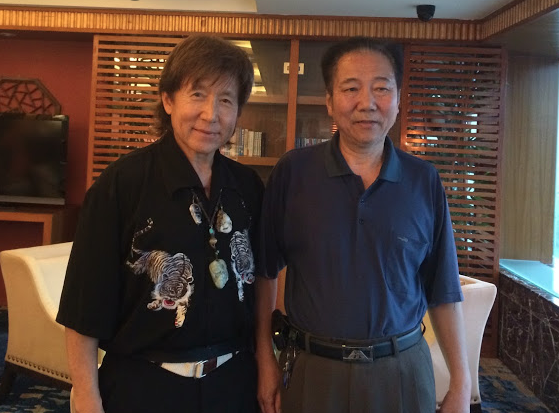
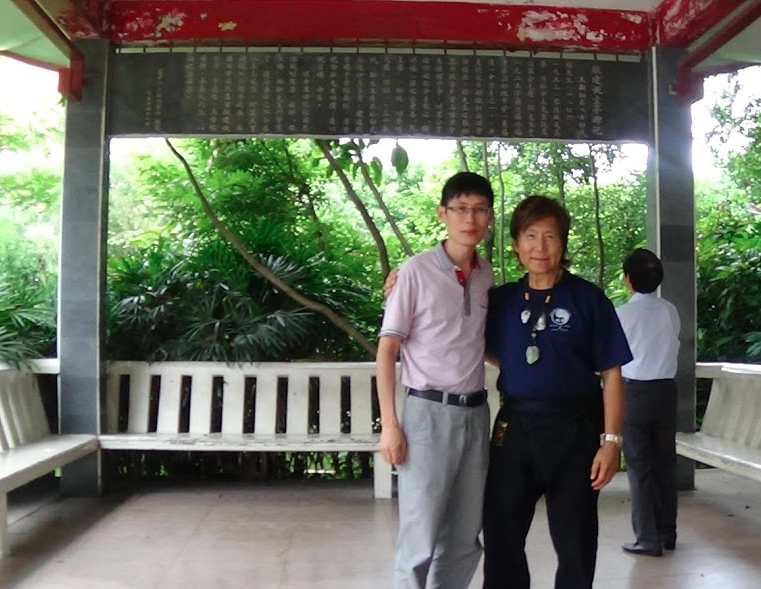
There is a High School in Fujian proviince founded by Grandmaster Sin’s Great Grandfather. An old Banyan Tree stands in the center of the grounds and covers a beautiful Gazebo. This memorial Gazebo was built to it to commemorate Grandmaster Sin’s Great Grandfather. Inside the Gazebo, the Memorial read among many things : This is to honor Cheng Kai Chan who founded and built this High School. In the picture above you can see Grandmaster standing with the current pricniple of the school . Grandmaster Sin’s Grandfather was the first principle of that school.
In the middle picture is Wang Ling, one of his few remaining relatives in Fujian. Wang Ling gave Grandmaster Sin two books written about their most famous relative Cheng Kai Chan.
